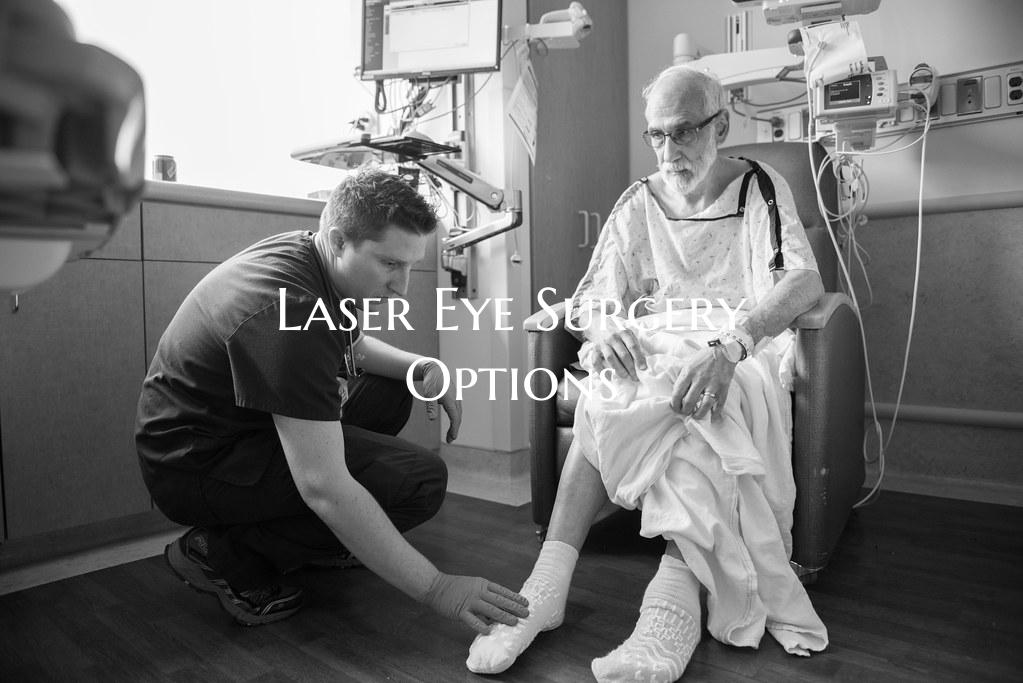
Laser Eye Surgery Options
Laser eye surgery has revolutionized the field of vision correction, offering individuals the opportunity to reduce or eliminate their need for glasses or contact lenses. There are several different types of laser eye surgery options available, each tailored to address specific vision issues and individual preferences.
One common type of laser eye surgery is LASIK (Laser-Assisted In Situ Keratomileusis). LASIK is a popular choice for correcting nearsightedness, farsightedness, and astigmatism. During LASIK surgery, a thin flap is created on the cornea, and a laser is used to reshape the underlying tissue to correct the refractive error. The flap is then repositioned, resulting in improved vision.
Another option is PRK (Photorefractive Keratectomy), which involves removing the outer layer of the cornea before reshaping the underlying tissue with a laser. PRK may be recommended for individuals with thin corneas or other factors that make them unsuitable candidates for LASIK.
For individuals with presbyopia, a condition that affects near vision as people age, there are options such as monovision LASIK or conductive keratoplasty (CK). Monovision LASIK corrects one eye for distance vision and the other for near vision, allowing individuals to see clearly at both distances. CK uses radio waves to reshape the cornea and improve near vision.
It is essential to consult with a qualified eye surgeon to determine the most suitable laser eye surgery option based on individual eye health, vision needs, and lifestyle. Laser eye surgery has a high success rate and can provide long-lasting vision improvement for many individuals, freeing them from the inconvenience of glasses and contact lenses.